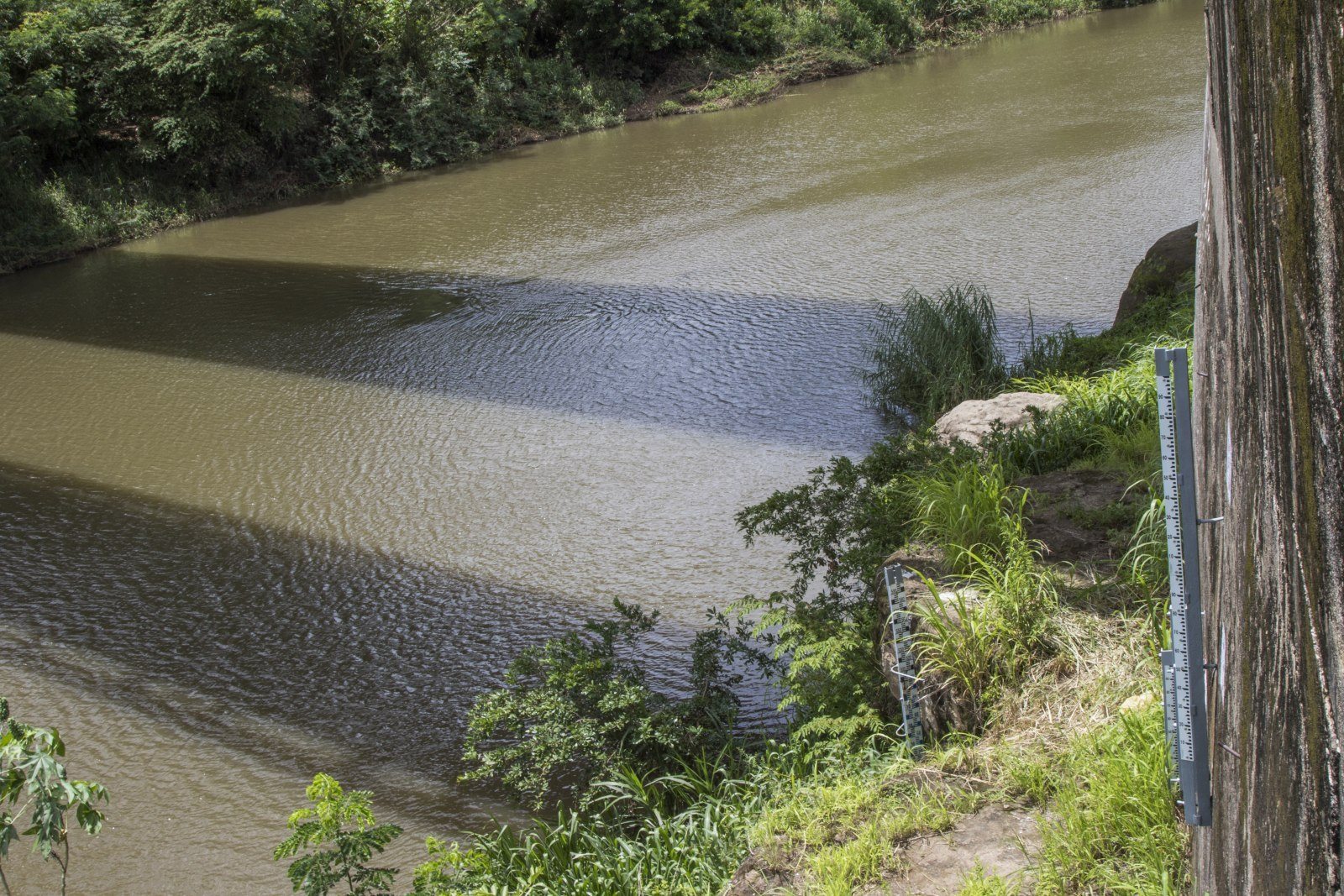
The palms of his hands are white, burned by laying mortar with so much cement for decades. These white hands, like the city he loves, Liberia, have created the image of teacher Edgardo Baltodano Briceño, composer Hector Zuñiga Rovira, poet Rodolfo “Fito” Salazar Solorzano and Bernabela Ramos Sequeira, mother of Santa Cruz.
His chisel also immortalized the hoof marks of bulls El Oasis and El Malacrianza and created monuments to the cart in Carrillo, Seasonal Love in Playas del Coco, bull riding in the park of Belen, marimba in Santa Cruz and the miners of Abangares.
His work is also known in Nicaragua, where he was commissioned to make a likeness of the Virgin of Guadalupe. His ample portfolio includes more than 60 pieces, all of which, without exception, are well known, and wherever you go, artist Johnny Garcia Clachar’s name is synonymous with Guanacaste art that has become legend.
He has been honored by the Santa Cruz Cantonal Culture Association, the University of San Jose, the Guanacaste Literary Center, the Liberia Municipal Council, and the Costa Rican Art Museum honored him two years in a row with first place in Rural Landscape, among other recognitions.

The sculptor from Liberia puts the finishing touches on a bust of the distinguished teacher Elizabeth Brown, which will soon be displayed at the school in San Roque in Liberia.
At 78 years of age, this tireless Liberian sculptor keeps his inspiration intact, and in his backyard, he makes these figures that represent the authentic feel of Guanacaste.
When we arrive at his house, he is with his adopted son, Dennis Cordoba Pereira, who helps him in his work, and when Garcia finds out that we want to interview him, he immediately stops his work and comes out to greet us warmly.
“Look, I think all the sculptures speak for me. They are a legacy for Guanacastecans. I still don’t believe that I am so important. I have been very bashful and withdrawn. Now as an old geezer, I have become a bit more extroverted,” he says.
As we speak, I notice the effort he makes to keep breathing with a salbutamol inhaler, which he inhales constantly, giving relief to his bronchial tube, which is worn out from tobacco, a vice that he abandoned six years ago.
His artistic vein began to flourish when he was 6 years old, drawing non-stop at Ascension School in Liberia, where the teacher had to constantly tell him to pay attention to the other subjects.

Garcia retouches the sketch of a sculpture of an authentic sabanero (plainsman) that he would like to see gracing some corner of the “White City,” Liberia.
“In the Institute of Guanacaste, I ran into a very good teacher, Herman Knudsen Lardergren, of German origin, who encouraged me a lot and told me, ‘I am going to give you oil to paint,’ and gave me instructions to do oil painting. Later, I left high school and continued doing signage,” he relates.
The Shadow of Alcohol
But once he left high school, Garcia ran into alcoholism.
“I was afraid of alcohol because my father had been an alcoholic and I didn’t want anything to do with it. Going out with friends, they ordered me a drink with dark rum. When I had that drink in my hand, I began to tremble out of nervousness and fear. It was like a premonition that I was going to be an alcoholic,” he recalls sadly.
From then on, his life changed and it led him to travel around the country without any particular direction in mind, looking for odd jobs and sleeping anywhere.
“It gave me what alcoholics call the geographical escape. I was going to Puntarenas, I earned some pocket change, suddenly I was off to Perez Zeledon, Buenos Aires de Puntarenas, Golfito, Limón, San Carlos, until I was left penniless. I do not understand why I acted like that,” he related.
It was in the 70s that he had to be hospitalized because his body was intoxicated from so much alcohol. In the hospital and sedated by diazepam, he began the recovery process.
“An aunt went to visit me at the hospital and gave me advice to take care of my mom. I had to quit it to take care of my mother. Afterward, she could die in peace after I did so much damage,” he said.
Ferrocement Art
From then on, Garcia decided to keep himself busy in sculpting with the ferrocement technique, which he learned during one of his trips to Limon. The technique consists of using iron and cement to form structures.
“It is the technique that I know best, due to its durability. The structure is done first, then the mesh and the cement, and then you start to give it details and the final finish, either for animals or people.”
In addition, Garcia says he has a photographic memory and that from one memory, he can make a sculpture using the rule of three as a mathematical formula to get the dimensions.
When asked about what he still needs to do, Garcia says he wants to do something monumental, large scale. He would also like to paint all of the houses along Calle Real in Liberia white. In addition, he would like to do a promenade of Liberian celebrities and he is currently working on a double self-portrait of himself as a sculptor forming himself out of a stone as he writes.
“I am waiting for more projects to come to feel happier. I want to be buried in a cart, in one of these cheap or cardboard boxes, in boots with heels and with a cell phone, in case I revive,” he concludes smiling.







Comments